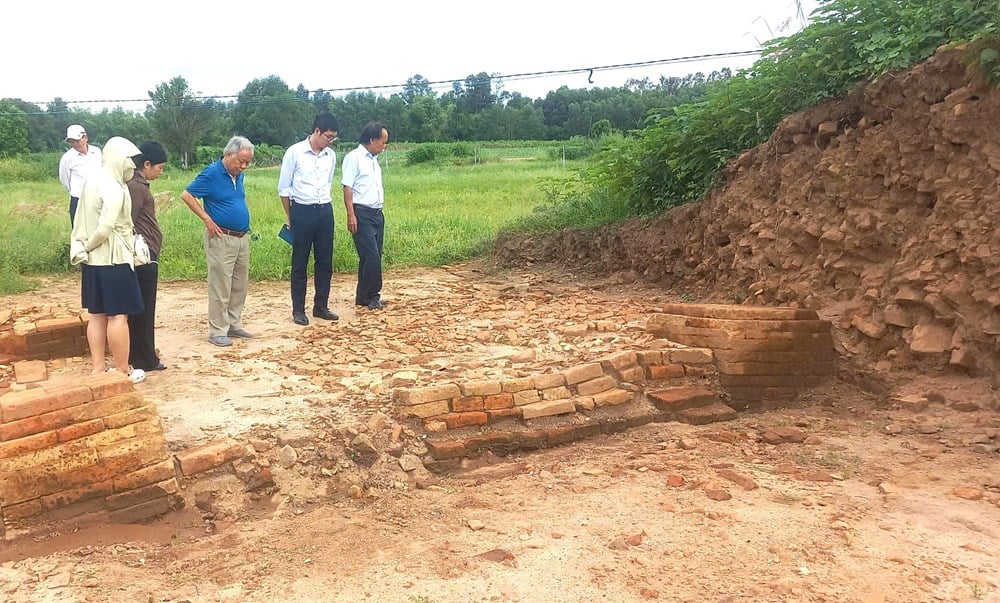
Relics and many artifacts revealed
The Phu An tower ruins have geographical coordinates 13°56'46"N 108°57'48"E, located in Phu Hung village, Binh Tan commune, Tay Son district, Binh Dinh province, now Tay Son 3 commune, Gia Lai province. This is one of the ancient Cham architectural vestiges with an important position in the distribution space of the Champa temple tower system in Gia Lai land.
This site was first clearly identified and surveyed in 2013 by Binh Dinh Museum in collaboration with Binh Dinh Information Technology Development Support Center within the framework of the province-wide archaeological mapping program.
Over the decades, the remaining area of the ruins is now estimated at about 2,700m², of which large parts have been encroached upon or converted by local people to serve agricultural production, especially crop cultivation, causing the ruins to be divided into three parts corresponding to three different mounds.
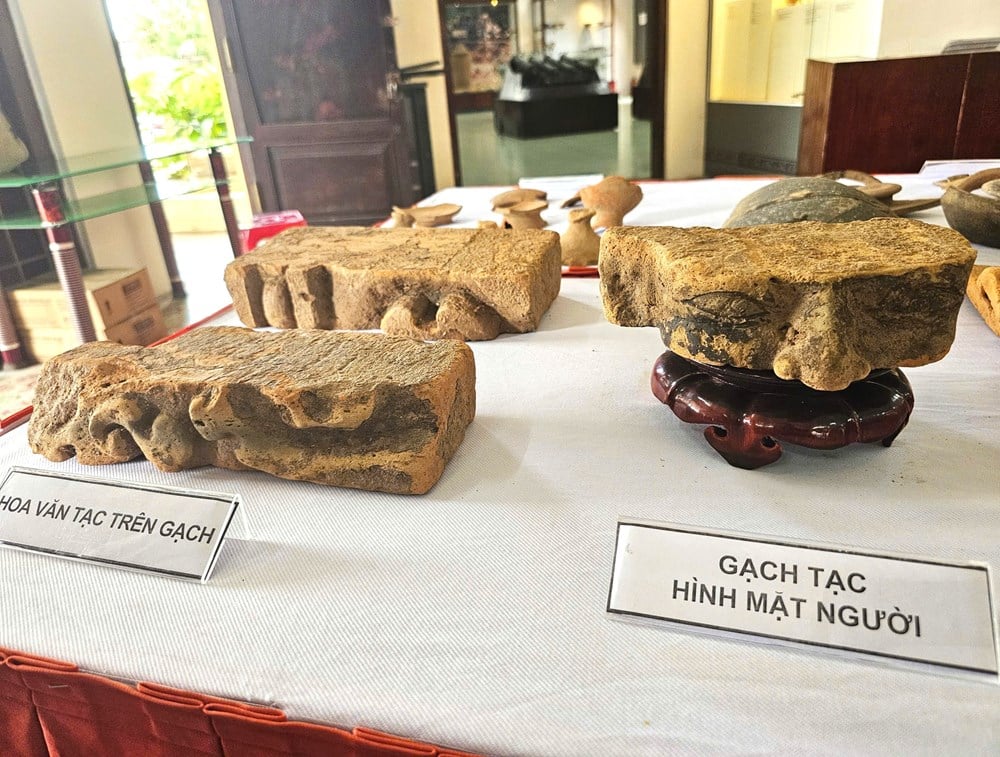
With the consent of the Ministry of Culture, Sports and Tourism, Binh Dinh Provincial Museum (now the Museum has coordinated with the University of Social Sciences and Humanities - Vietnam National University, Hanoi) to conduct archaeological excavations at the ruins of Phu An tower.
The excavation was conducted under the chairmanship of Dr. Nguyen Huu Manh, taking place from June 11 to July 30, 2025, with a total excavation area of 300m². During this excavation, in three excavation pits 25.PA.H1, 25.PA.H2 (extended) and 25.PA.H3, 6 relics with symbols from 25.PA.KTI to 25.PA.KT06 were discovered.
Notably, at the 25.PA.KT04 site is the foundation of a long house architecture, belonging to the Phu An architectural complex, which served as the main religious architecture. The architecture when exposed has a U-shaped shape, the edges are built with a three-layer brick structure.
At the Phu An ruins, the excavation team collected a total of 17,650 artifacts. The artifacts collected are divided into two main groups based on materials and usage. The first group is terracotta artifacts, including types such as bricks, tiles and household ceramics, including terracotta, porcelain and ceramics. The second group is metal artifacts, which are two Song Dynasty coins.
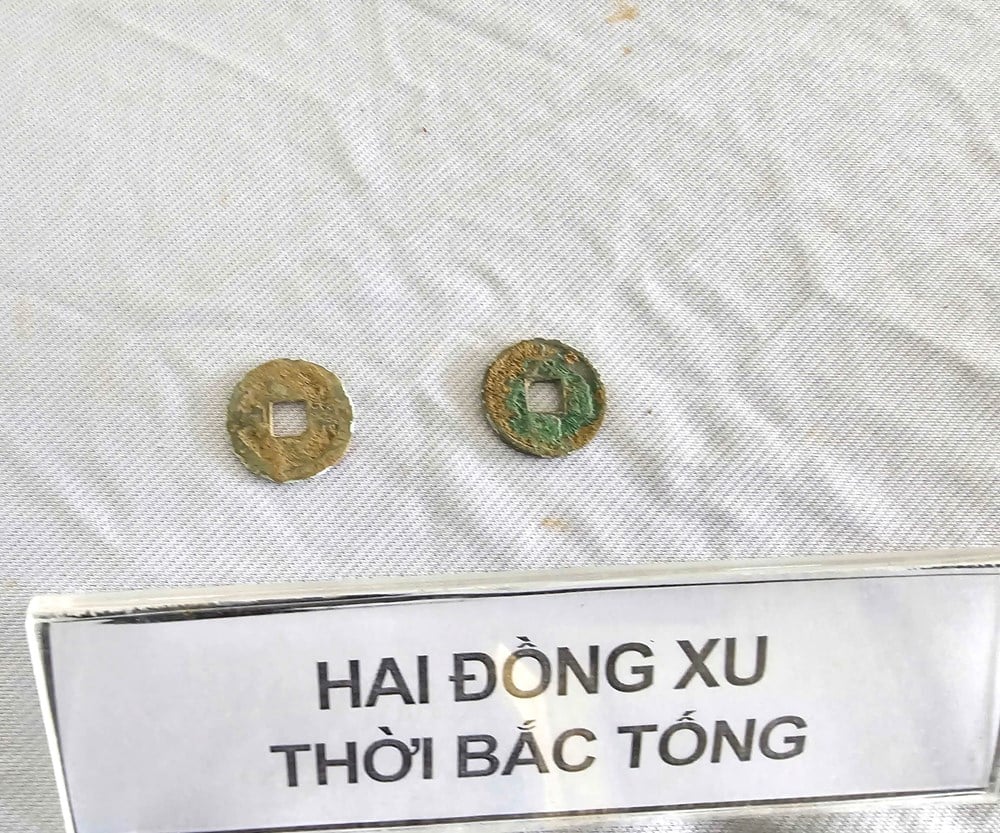
Dr. Nguyen Huu Manh, head of the excavation of the Phu An Tower ruins, said: “We have gradually identified the technical characteristics of Champa architecture through the system of stepped bricks, patterned bricks and especially the technique of compacting soil to create a flat surface. The appearance of many types of bricks with special shapes, such as L-shaped bricks, stepped bricks or decorative bricks, shows the very high level of technical and artistic skills of the ancient Champa residents.”
Measures needed to protect the ruins after excavation
According to Dr. Nguyen Huu Manh, Phu An is a large-scale Champa religious architectural complex, with many technical, artistic and historical values. Based on the synthesis of the above-mentioned archaeological documents, it can be initially assumed that the Phu An architectural complex was used during the period from the 5th to 15th centuries.
Regarding the direction of protecting the ruins after excavation, Dr. Nguyen Huu Manh expressed his opinion that it is necessary to soon put the Phu An ruins into the inventory and ranking of relics, as a basis for overall conservation planning, and move towards official recognition from relevant authorities.
At the same time, for the excavated relic area, it is necessary to continue expanding the scope of the excavation pit and dig deeper in locations where no architecture has been revealed to clearly determine the space, structure and boundaries of the entire Phu An architectural complex.
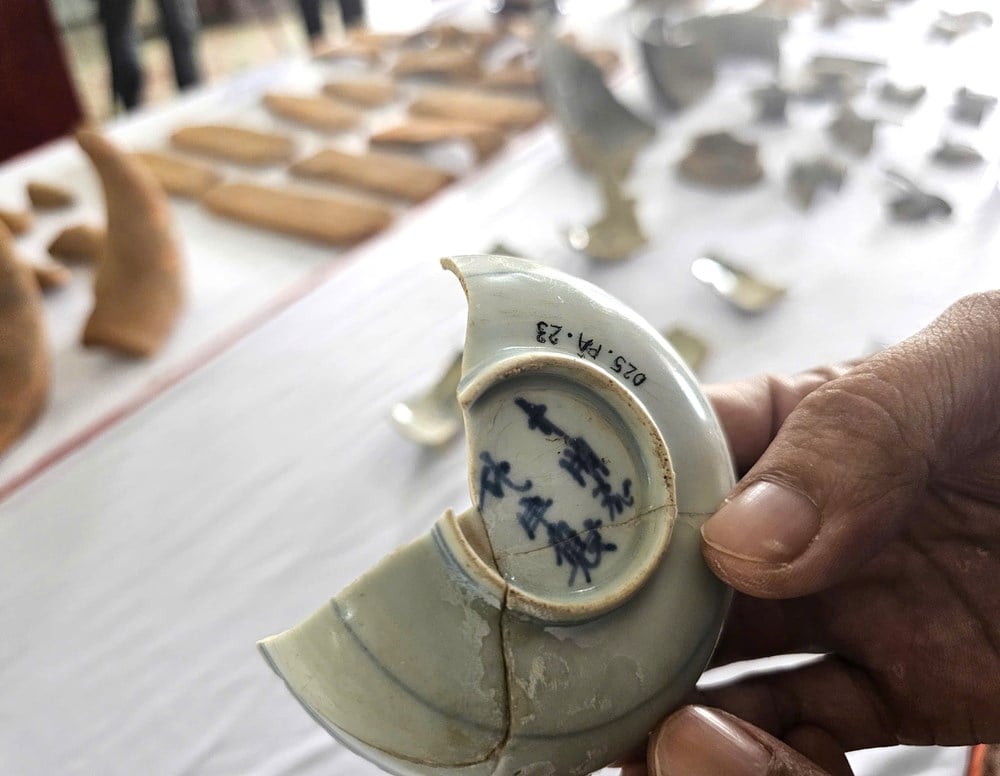
From the perspective of local relic management, Mr. Huynh Van Loi, Deputy Director of the Department of Culture, Sports and Tourism of Gia Lai, acknowledged that while artifacts are still underground, they are less affected, but when brought up, they will be affected by rain, wind, moss and human encroachment. Therefore, the protection of relics must be ensured to be safe and in harmony with the lives and production of people around the area.
According to Mr. Loi, the Phu An tower ruins, through excavation in 2025, have brought many valuable documents, contributing to clarifying the historical and cultural value of the Champa relic system in the Central region of Vietnam in general and Binh Dinh province (now Gia Lai) in particular.
Source: https://baovanhoa.vn/van-hoa/thay-gi-phe-tich-thap-champa-dau-tien-duoc-khai-quat-tai-tinh-gia-lai-moi-172006.html



![[Photo] Prime Minister Pham Minh Chinh attends the World Congress of the International Federation of Freight Forwarders and Transport Associations - FIATA](https://vphoto.vietnam.vn/thumb/1200x675/vietnam/resource/IMAGE/2025/10/08/1759936077106_dsc-0434-jpg.webp)
![[Photo] Prime Minister Pham Minh Chinh inspects and directs the work of overcoming the consequences of floods after the storm in Thai Nguyen](https://vphoto.vietnam.vn/thumb/1200x675/vietnam/resource/IMAGE/2025/10/08/1759930075451_dsc-9441-jpg.webp)



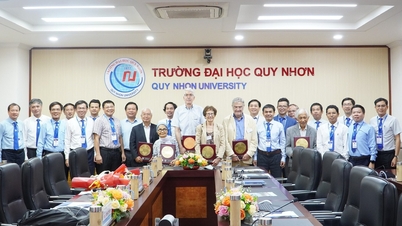











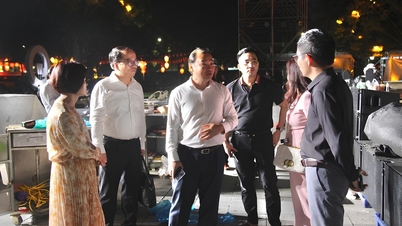
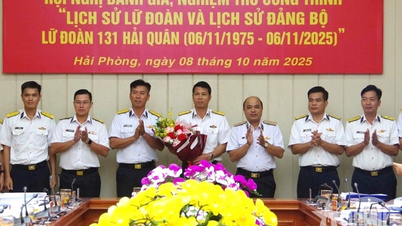



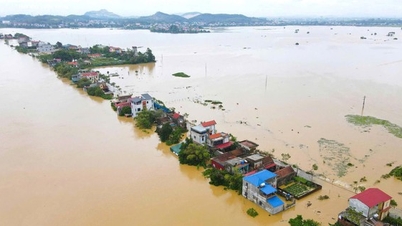












![[Photo] Closing of the 13th Conference of the 13th Party Central Committee](https://vphoto.vietnam.vn/thumb/1200x675/vietnam/resource/IMAGE/2025/10/08/1759893763535_ndo_br_a3-bnd-2504-jpg.webp)














































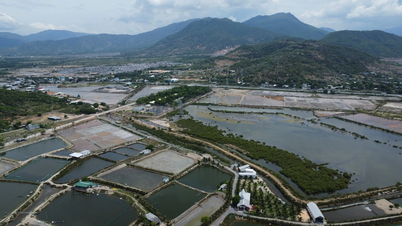















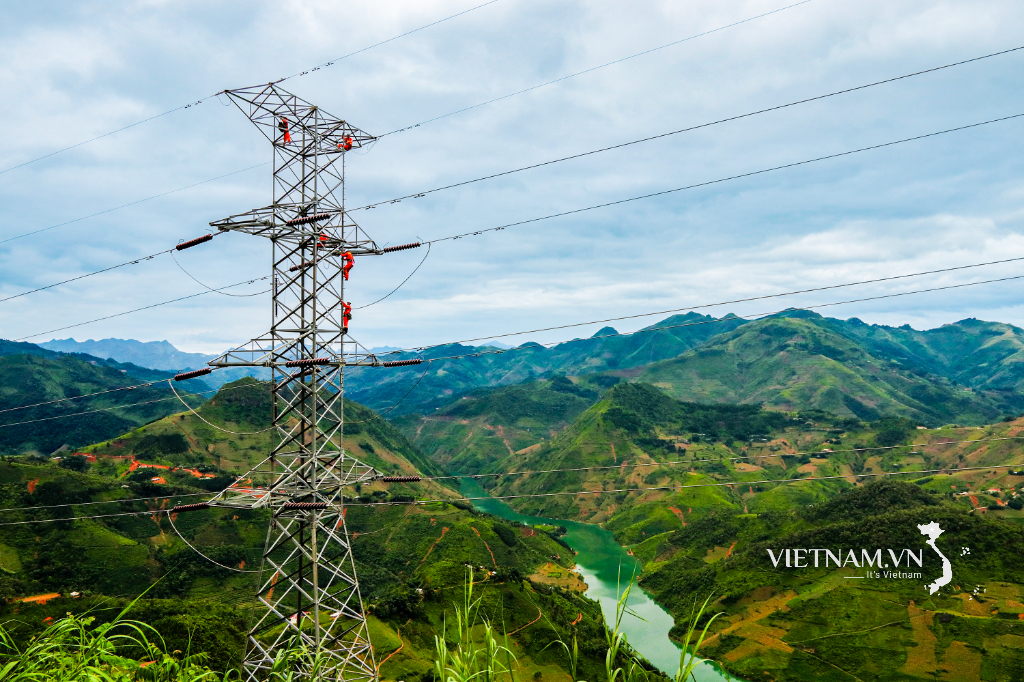

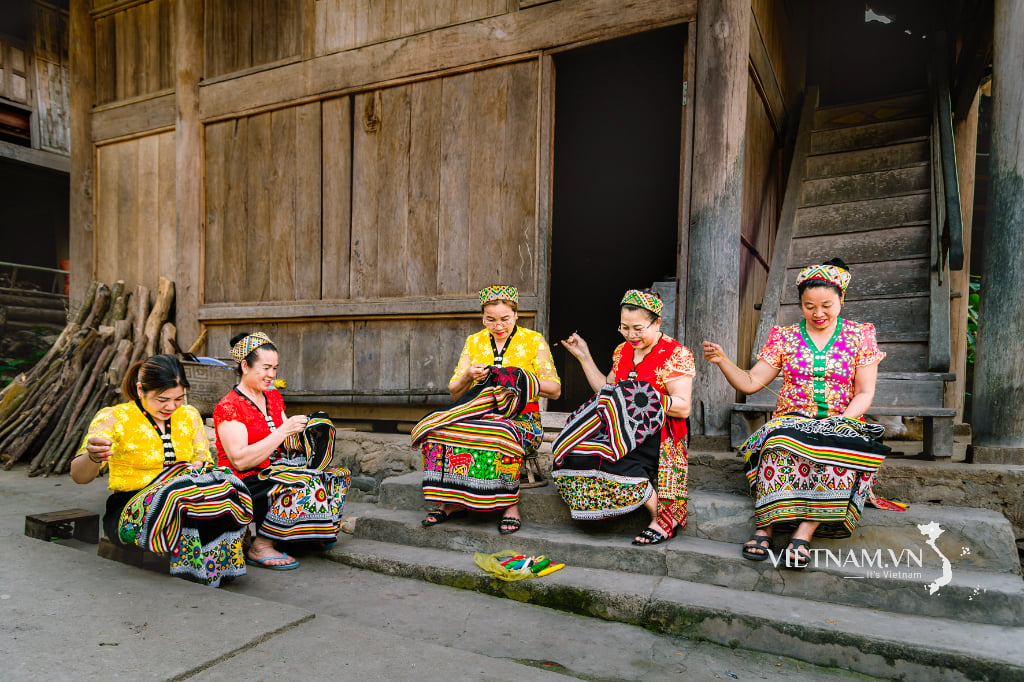
Comment (0)